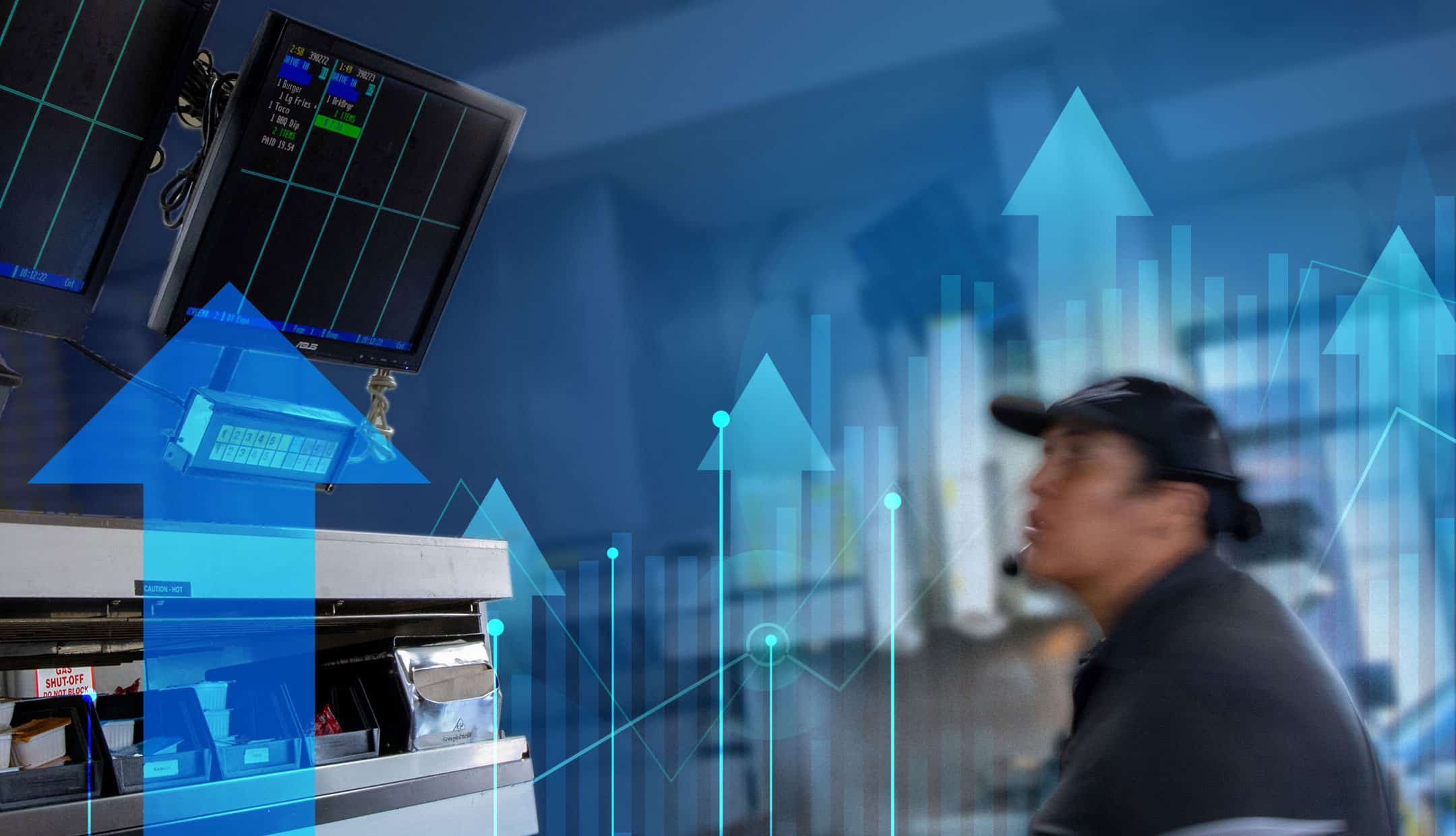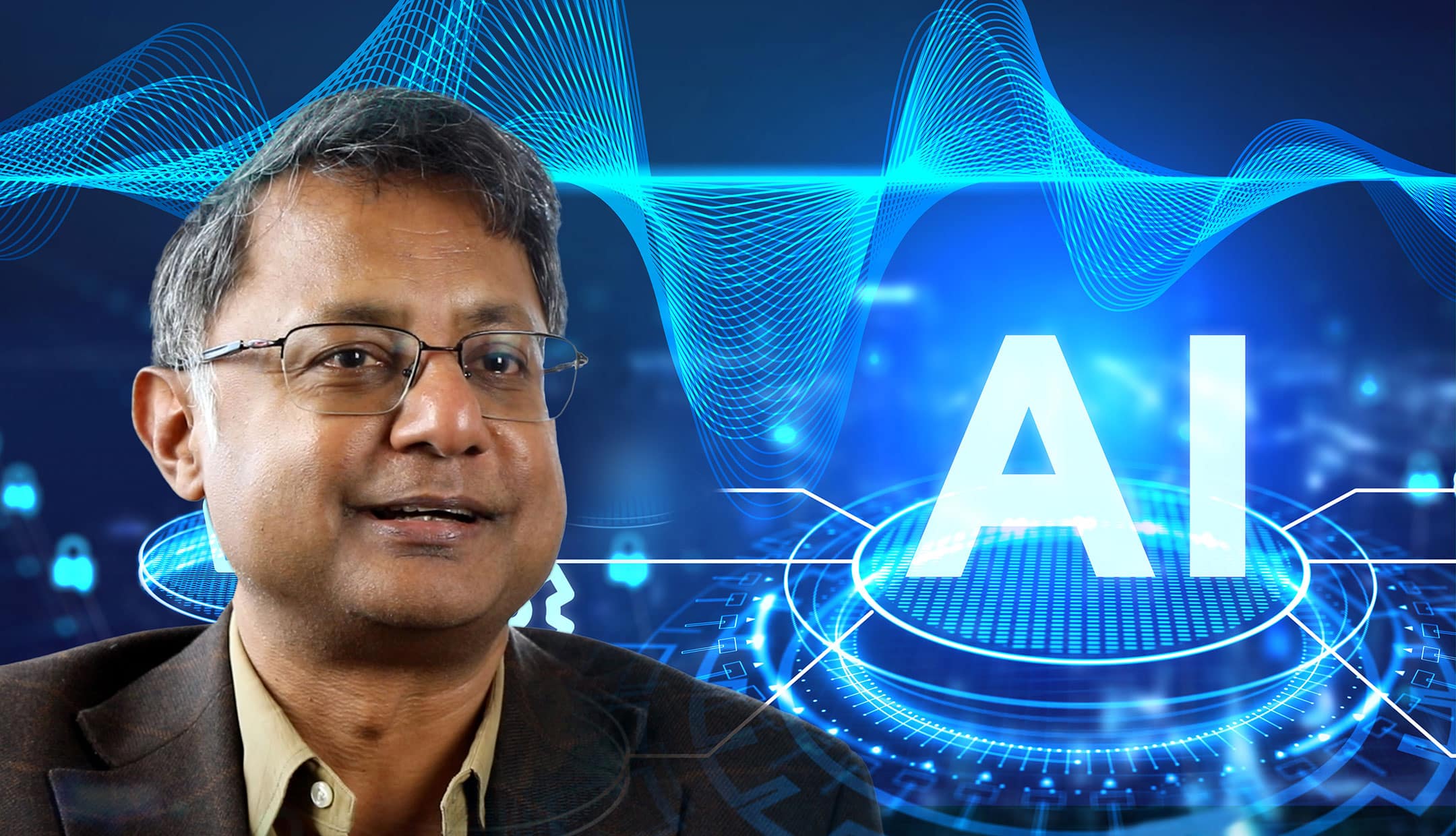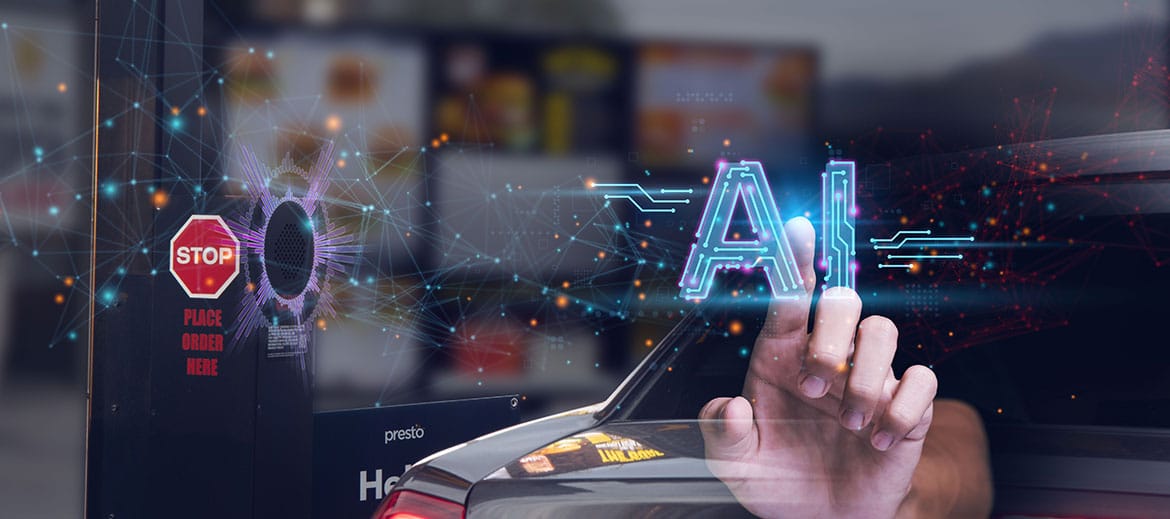Data analytics is a set of tools and techniques that help businesses make more informed and pragmatic decisions. Restaurant analytics help business owners see trends and reports across locations and give managers valuable information so they can correct store bottlenecks in real time.
We want to call attention to the value of predictive and real-time analytics.
Predictive Analytics
Predictive analytics can anticipate risk and uses historical data to help managers predict future trends and outcomes based on actionable insights. AI analyzes thousands of data points each minute to improve operational efficiency and maximize revenue. This information enables managers to make key decisions about overall operations based on data from check history, events, and technology used on-premises. Restaurants are empowered to track guest and staff movements to eliminate preventable issues and optimize restaurant layouts.
This data helps full-service managers:
- Staff based on number of guests expected
- Determine which items are most profitable on the menu
- Reduce “line shock” in store
This data helps drive-thru managers:
- Predict guest experience scores and recommend improvements
- Anticipate long drive thru lines or wait times
- Gain insight into when to deploy line busters
Real-time Analytics
As with forecasting, real-time data is especially relevant and important to restaurant analytics. It is a discipline that provides data insights that help management make better decisions more quickly. The data can enable an improved guest experience when long wait times are an issue so that full-service managers can go to the table to smooth things over and drive-thru managers can deploy staff with line busters.
This data helps full-service managers:
- Prevent long wait times for customers
- Gain insights into how many people are coming and going
- Correct critical situations through alerts to their devices
This data helps drive-thru managers:
- Receive bottleneck alerts so that they can allocate staff more efficiently
- Better understand line lengths, wait times, and opt-out rates
- Optimize operations without needing to hire more staff
How Computer Vision Can Optimize Your Operations
Computer vision provides operators with access to restaurant analytics in the form of forecasting and real-time data.
For full-service restaurants, this technology can:
- Gather data to detect critical events within the dining room, such as when tables need to be cleared, as well as the number of table touches that a server makes.
For quick serve restaurants, computer vision can:
- Anticipate long drive-thru wait times and lines and notify managers when to deploy line busters.
This solution immediately notifies managers of negative survey feedback on their wearable so they can improve the guest’s experience, prevent a negative review on Yelp, and increase the likelihood of the customer returning to the store.
Competitive Advantage for Operators of Large Chains
Finally, Computer Vision provides a high-level view of performance metrics and noteworthy events across brands for large restaurant chains. This reporting enables corporate teams to gain in-depth insights across the whole restaurant chain and learn which locations need help.
By leveraging this advantage, operators of major franchises can improve performance and revenue across stores.
Start Predicting Bottlenecks Today
You may already collect certain types of data, but Presto Computer Vision will give you a competitive advantage with valuable insights into your overall operations that predict and eliminate bottlenecks. By analyzing check data and taking into account several variables, Presto can improve your labor and sales forecasting. Real-time metrics will enable you to enhance the guest experience, deliver on personalization, and improve your bottom line.
Could your restaurant benefit from deeper restaurant analytics? Contact info@presto.com for a demo.



